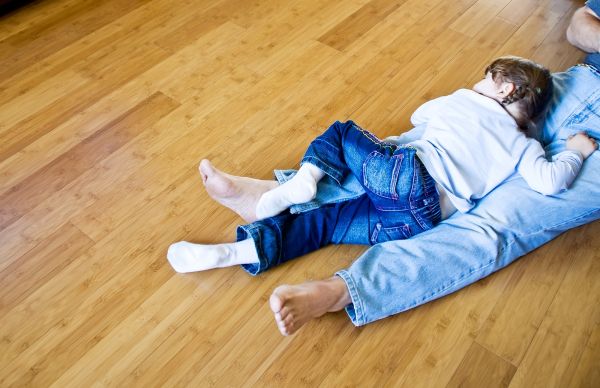Wooden flooring is one step ahead in building an Eco-friendly house. Wood Joist rather I-joist is an unique man-made wood product having immense strength compared to its size and look. Joists can impact many things such as flooring plan, safety from fire, materials that can be installed for surfaces, and even quality of air under the house. Strength and stiffness of a joist is determined by wood species, grade and size.
Strength:
• The load carrying capacity or the strength of a joist is directly proportional to its thickness.
• The load carrying capacity of a joist becomes 4 times, when its depth is doubled.
Stiffness:
• Use a type and grade of wood that is twice in stiffness (E value is indicator of stiffness) and deflection is cut in half.
• The deflection is half, when the thickness of a joist becomes doubled.
• The deflection of a joist becomes 1/8, when the depth is doubled.
Below are some woods considered to be good for flooring.
1. southern yellow pine
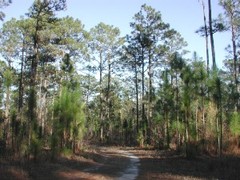
Southern yellow pine refers to group of species which are classified as yellow pine. This wood has an unique cellular structure, that permits deep uniform penetration of preservatives. This pine has the best density of all commonly used structural wood species, providing the best fastener-holding capacity and load-bearing strength. This beautiful wood has a distinct grain pattern and an appealing golden color.
2. Red oak
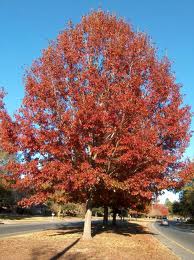
Red oak is an easily transplanted, popular shed tree. This moderate to fast growing, commercially significant trees are generally found across the United States and Southeastern Canada. Red oak finishes and stains easily. The biggest lacuna with red oak flooring is that it stains black, when water is allowed to penetrate the surface.
3. Douglus fir
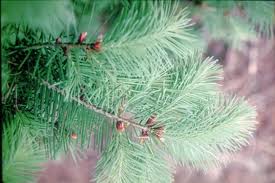
This Chirstmas tree species is widely known for its ability to stand large range of adversities. It grows unity of environments from extremely dry, low elevation sites to moist sites. It has a thick bark that allows it to survive moderate fires. It is the strongest amongst the soft woods.
4. White ceder
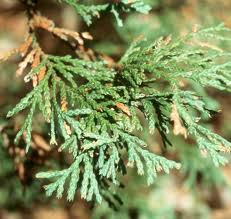
The special oil in white ceder makes it resistant to rot and insects, even in a moisture and low temperature atmosphere. It is considered one of the most decay-resistant. It is used in craft, construction and medicine. Under certain geographical conditions, white ceder can survive for even more than thousand years.
5. Pine – white

This easily machined soft wood glues well and its structural integrity remains even if there is a change in moisture content. Thus this wood is remarkably durable. White pine works very easily with most machine or hand tools although turning is only fair. Carves quite well, holds nails and screws well without the need to pre-drill. White pine glues, paints and also varnishes well.
6. Spruce sitka
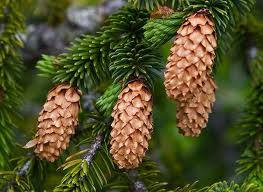
The Sitka spruce is named after a place called Sitka in Alaska although its natural range is all along the coast of NW America. Sitka spruce is valued for its light, soft, flexible and relatively strong wood. The wood has excellent acoustic properties and some musical instruments are made from it.
7. Hard maple

The maple is a common symbol of strength and endurance and it has been chosen as the national tree of many countries including Canada. These evergreen trees have a typical opposite leaf arrangement. These trees are planted as ornamental trees as it looks fabulous with flowers. Maples have an wide area of usage starting from syrup to ornamental plants. Hard maples are used for furniture. Hard maple has high bending and crushing strength. Heartwood is non-durable and sapwood is susceptible to attack by furniture beetle. Heartwood is resistant to preservative treatment, but sapwood is permeable. Hard maple is Ideal for ballroom and gymnasium floors as well as cutting boards and countertops.
Now Let us discuss some general information about the above species:
1. Oak:
- Pros. It has got high resistance to dents and deep scratches
- Cons. It has a strong grain pattern
- Cost. $8-$20 per square foot
- Suggested uses. Living areas, hallways, entryways and kitchens
2. Pine:
- Pros. The original character floor
- Cons. It is relatively soft in comparison to other woods.
- Cost. $5-$20 per square foot
- Suggested uses. Living areas, hallways, entryways and kitchens
3. Cedar. The positive aspects are:
• Winter conductivity proving to get an excellent energy insulator reducing vitality costs.
• Exceptional acoustic qualities with capability to dampen reducing noises microbial infection.
• Superior longevity lasting with regard to generations.
The geographical area and the plan of the house are the most critical factors to be considered while choosing a particular wood joist.



